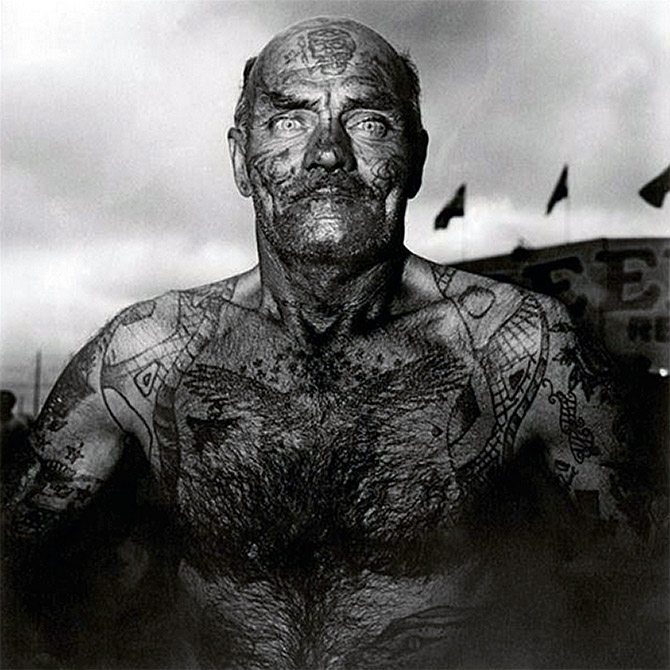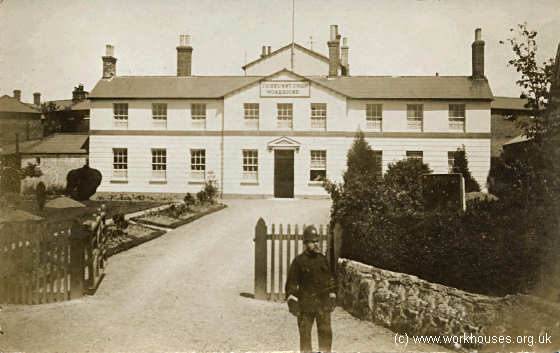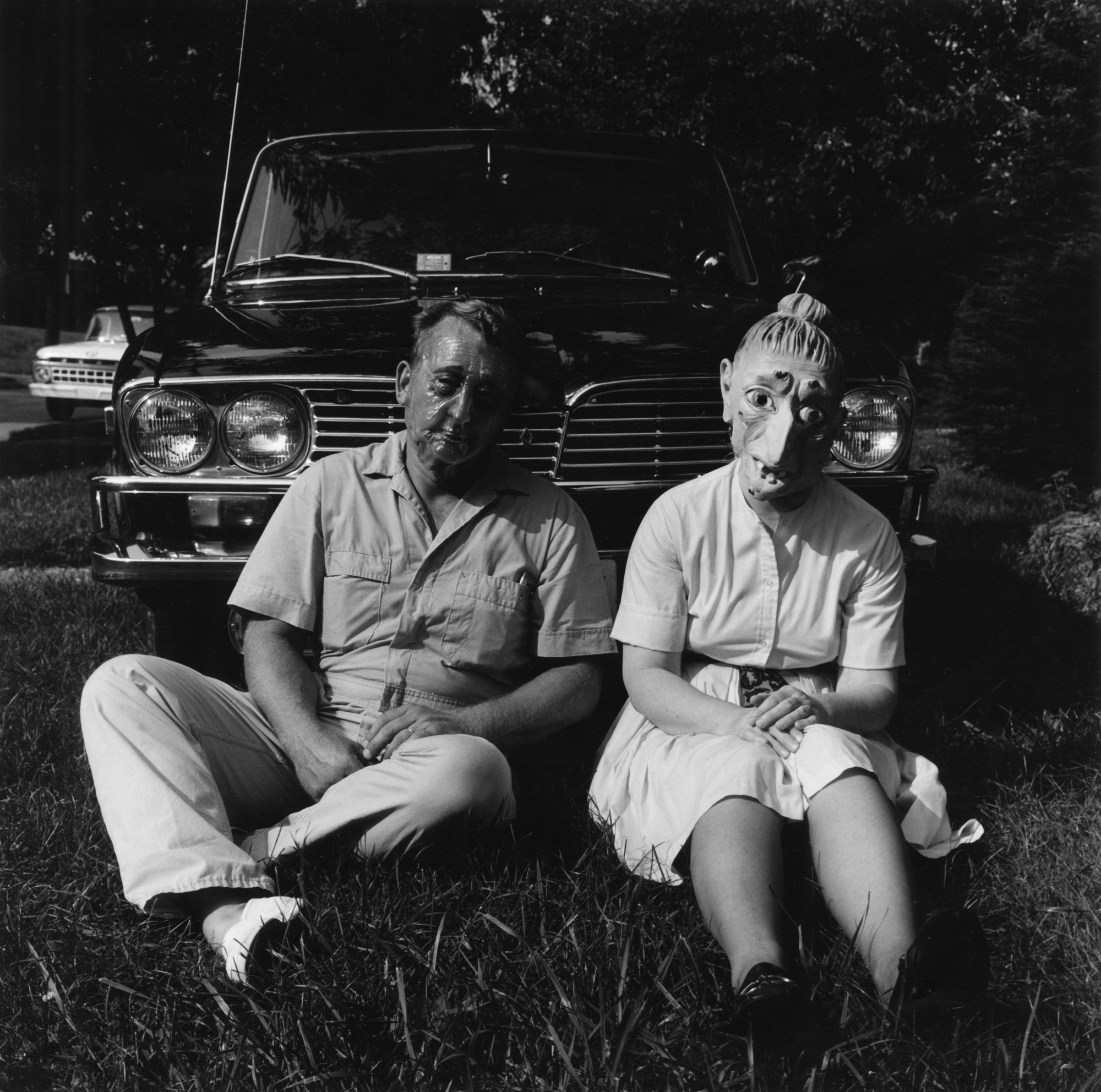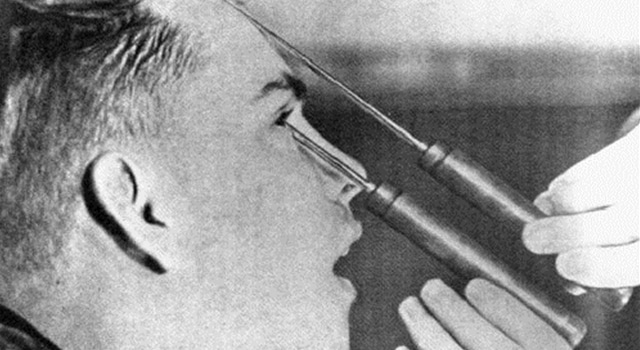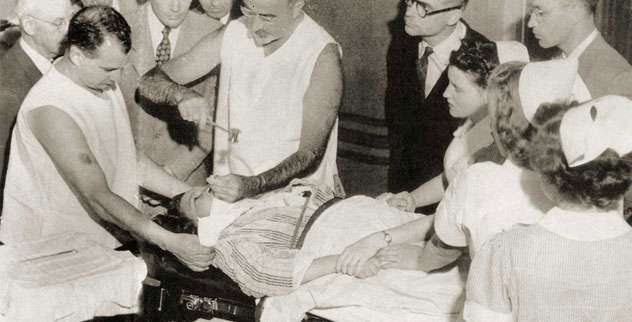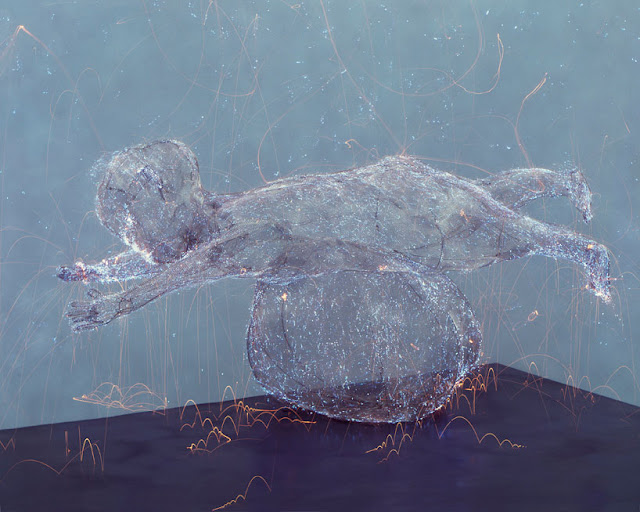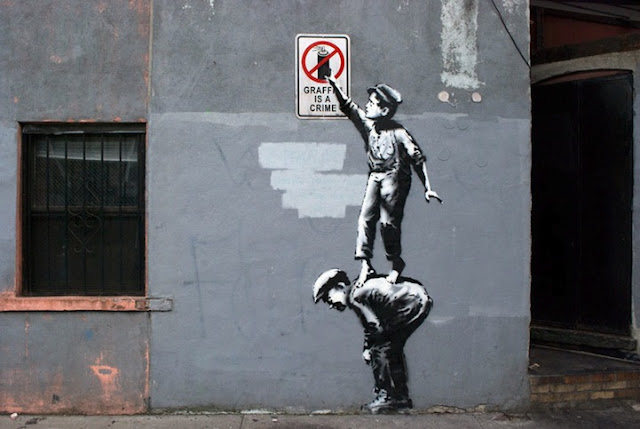RALPH EUGENE MEATYARd
When I first saw Meatyard's work through researching Arthur Tress I found it initially quite shocking. His work has a strange tense feeling about it and not only did it shock me because of that but the images themselves and of quite a intense scary narrative. His final series, The Family Album of Lucybelle Crater, completed shortly before he died in 1972, pays homage to his beloved family and talented friends. Monographs include A Fourfold Vision, Ralph Eugene Meatyard, and Ralph Eugene Meatyard: The Family Album of Lucybelle Crater and Other Figurative Photographs, among others.
An autodidact and voracious reader (it was said that he read books while driving), Meatyard made work in productive bursts, often leaving his film undeveloped for long stretches, then working feverishly in the makeshift darkroom in his home. "His approach was somewhat improvisational and very heavily influenced by the jazz music of the time". Using his children as props to explore what could be called his prime subject, Meatyard addressed the surreal "masks" of identity and the ephemeral nature of surface matter.
Much of his work was made in abandoned farmhouses in the central Kentucky bluegrass region during family weekend outings and in derelict spaces around Lexington. Some of his earliest camera work was made in the traditionally African American neighborhood around Lexington's Old Georgetown Street.
His images although are strange I feel really inspired by them. I know typical photography once stereotypes tends to look more aesthetically pleasing and then the story behind it is quite simple. I want to contrast against this and create a narrative. Through my research between Meatyard and Arthur Tress I want to interpret misplaced through a story and explore deeper into my work. This will require a lot of research and a lot of work yet I feel it will be worth it in the end.
Using my research into Freud and dream theory I want to continue exploring this in deeper detail and use it in my final work.
Below are some of Meatyard's work which shocked and caught my attention the most:


